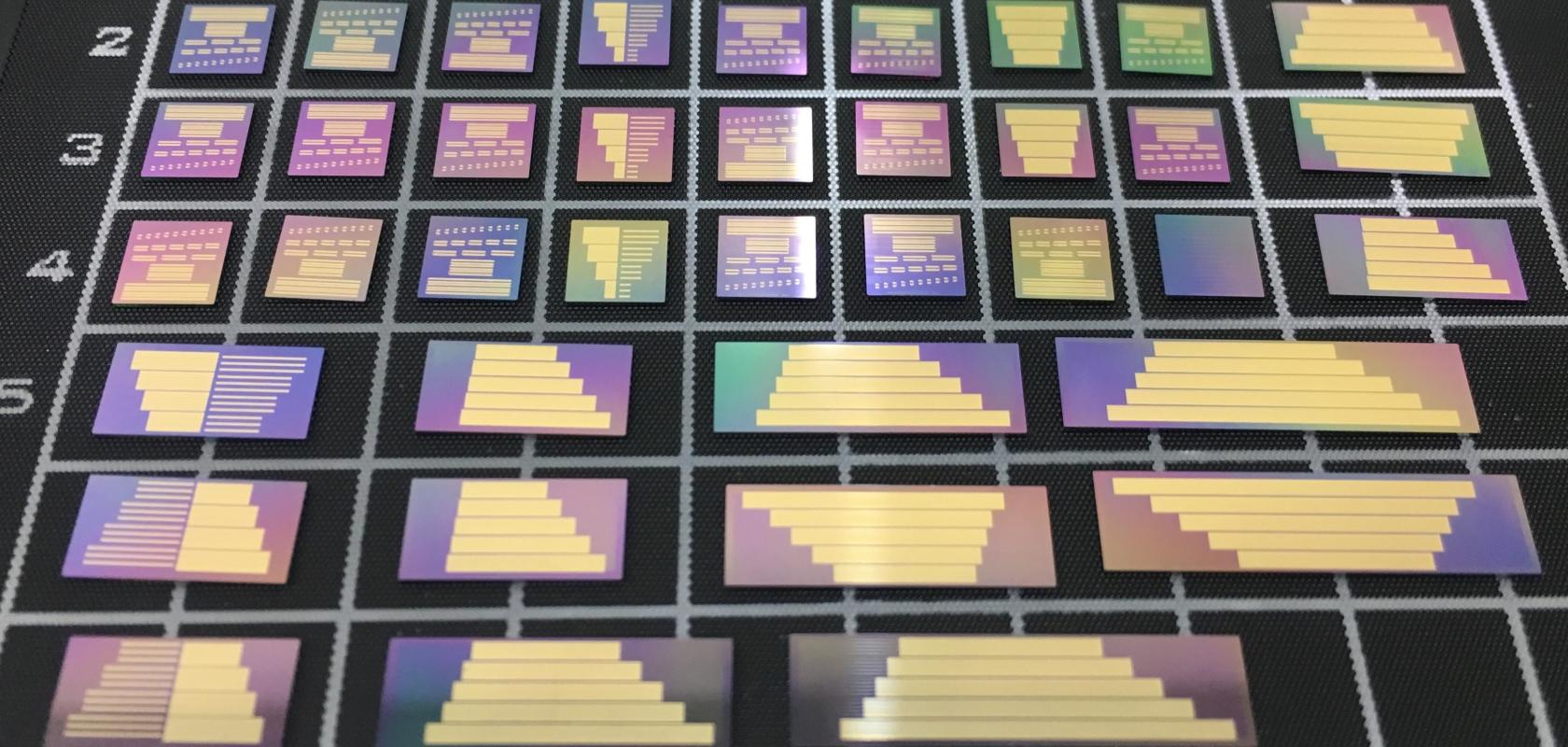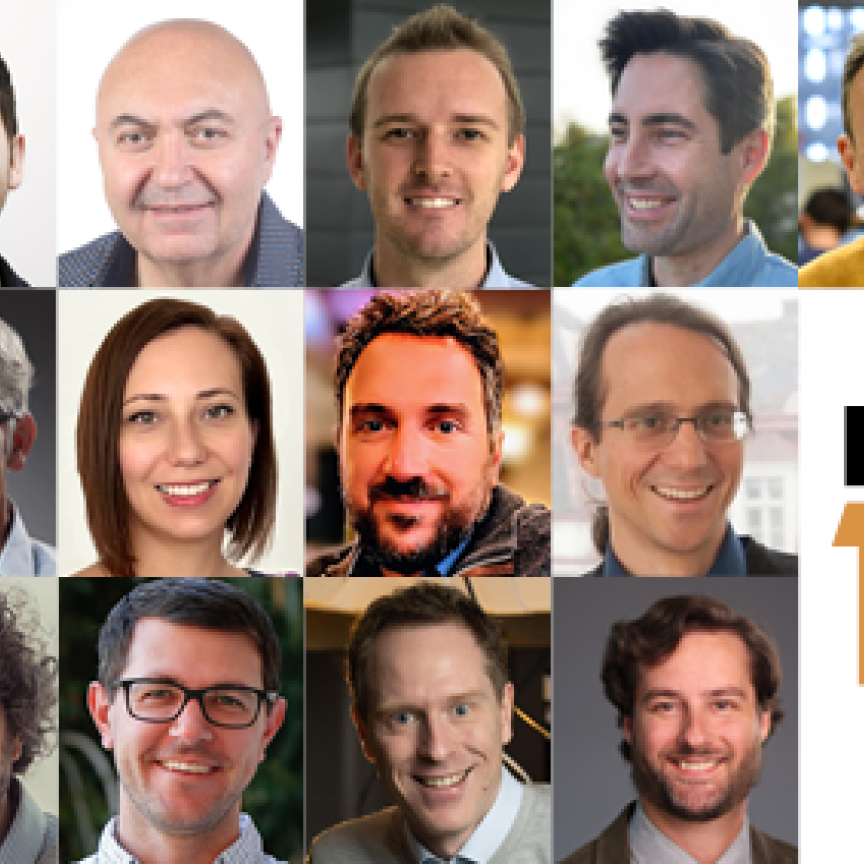A newly-established European project aims to create the first European lithium niobate on insulator (LNOI)-based platform for photonic integrated circuits (PICs).
LNOI is a novel electro-optic and nonlinear PIC platform. It offers enhanced performance and new functionalities for ultra-high-speed telecom networks, optical signal processing, programmable PICs, sensing and spectroscopy, lidar applications, quantum information processing and quantum computing.
The ‘European electro-optic and nonlinear PIC platform based on lithium niobate’ (ELENA) project, funded under Horizon 2020, aims to reinvent one of the oldest and best-known photonics materials – lithium niobate – in the form of a thin film on silicon substrates, which will be used as a standard PIC platform that benefits the miniaturisation, cost reduction, and scalable manufacturing of PICs.
The project could provide benefits to the entire photonics sector by developing the first European lithium niobate on insulator (LNOI)-based platform for photonic integrated circuits (PICs).
ELENA will pave the way for the world’s first open-access PIC foundry for LNOI technology based on a Process Design Kit (PDK) library. The platform will be open to all interested stakeholders from the photonics industry and R&D at an affordable price.
ELENA also plans to develop a fully European industrial supply chain for LNOI technology including LNOI wafer manufacturing, a high-yield fabrication process for foundry service, design software to incorporate the PDK, and packaging and interfacing of LNOI PICs. The partnership includes end-users who will demonstrate the use of the technology and validate the results by developing PICs for applications in telecom, quantum technologies and microwave photonics.
LNOI – a promising material for a new PIC generation
LNOI is one of the most promising emerging platforms for PICs. It comprises a unique set of interesting optical properties such as: a high electro-optic coefficient, high intrinsic second- and third-order nonlinearities, and a large transparency window (350 – 5,500nm). Recent advances in the bonding of single crystal thin films of lithium niobate onto silicon substrates have opened a new avenue to explore the advantages of lithium niobate in the context of PICs.
The existing European PIC platforms are based on other photonic materials than LNOI, such as silicon (Si), silicon nitride (SiN) and indium phosphide (InP), each offering different functionalities.
LNOI will be a novel and complementary addition to this family as it offers new and improved functionalities at a wide range of wavelengths (from visible to mid-infrared). This includes ultra-high-speed electro-optic modulators (>100 GHz) with very low operating voltages (Vπ<1V), fast optical switches, fast tuneable resonators and lasers, and nonlinear wavelength conversion on a chip. These new functionalities will benefit a broad range of applications including quantum technologies, telecom, LiDAR, and sensing.
European supply chain
In addition to a high-yield fabrication process and the PDK library, ELENA intends to set up a fully European supply chain for the new LNOI platform to support its industrial scale-up. This will include a process to produce 150 mm optical grade LNOI wafers on an industrial Scale; a reliable and flexible packaging solution to interface LNOI chips with optical fibres and other PIC platforms; and the demonstration and validation of results through the development of four PIC. These prototypes will be designed for different use cases: telecom, quantum technologies and microwave photonics.
ELENA is funded under the H2020 program of the European Commission. The total budget is five million Euros, and the project duration is forty-two months, from 1 January 2022 to 30 June 2025. The project is coordinated by the Swiss Center for Electronics and Microtechnology (CSEM). The project consortium comprises three leading research institutes, four large industrial companies and three SMEs and thus combines all the competencies required to achieve the ambitious goals.
The ten partners are:
- Swiss Center for Electronics and Microtechnology (CSEM), Switzerland;
- SOITEC SA (SOITEC), France;
- VPIphotonics (VPI), Germany;
- Eidgenössische Technische Hochschule Zürich (ETHZ), Switzerland;
- Vanguard Automation (VA), Germany;
- THALES SA (THALES), France;
- III-V LAB (III-V LAB), France;
- Rosenberger Hochfrequenztechnik (ROS), Germany;
- L-up SAS (LUP), France;
- CEA-LETI (LETI), France.
The initial project kick-off meeting took place on 10 and 11 February 2022.


